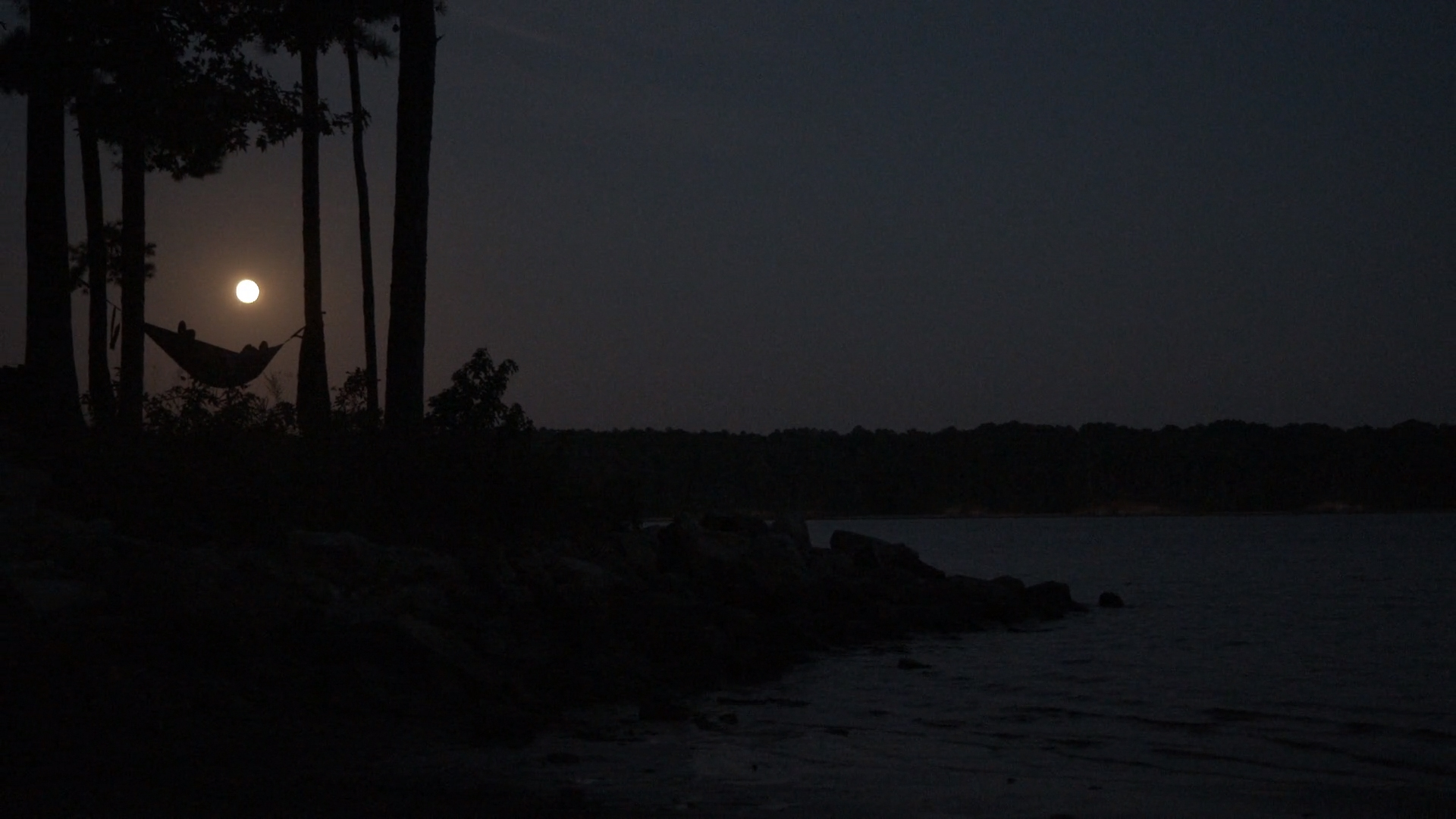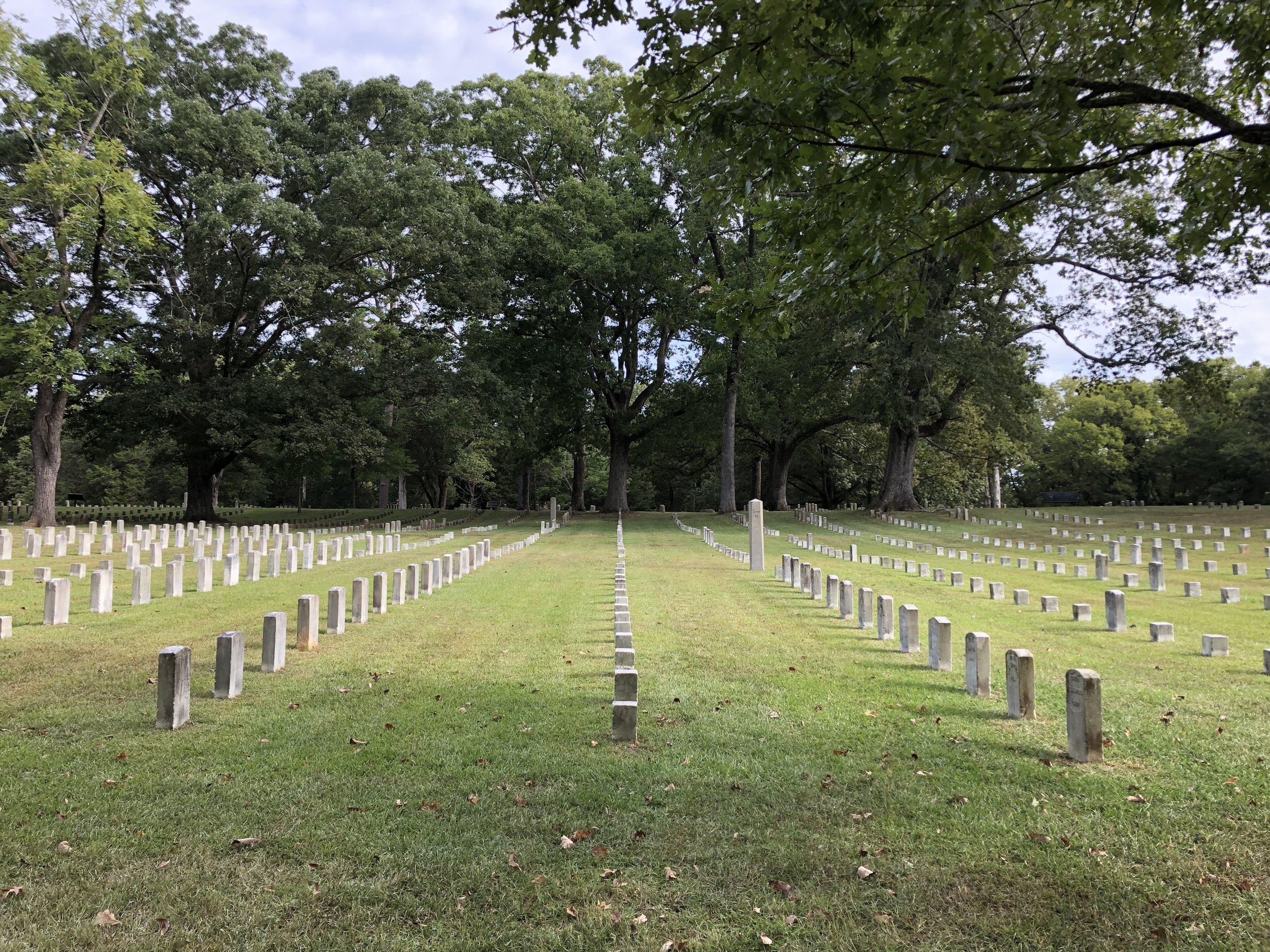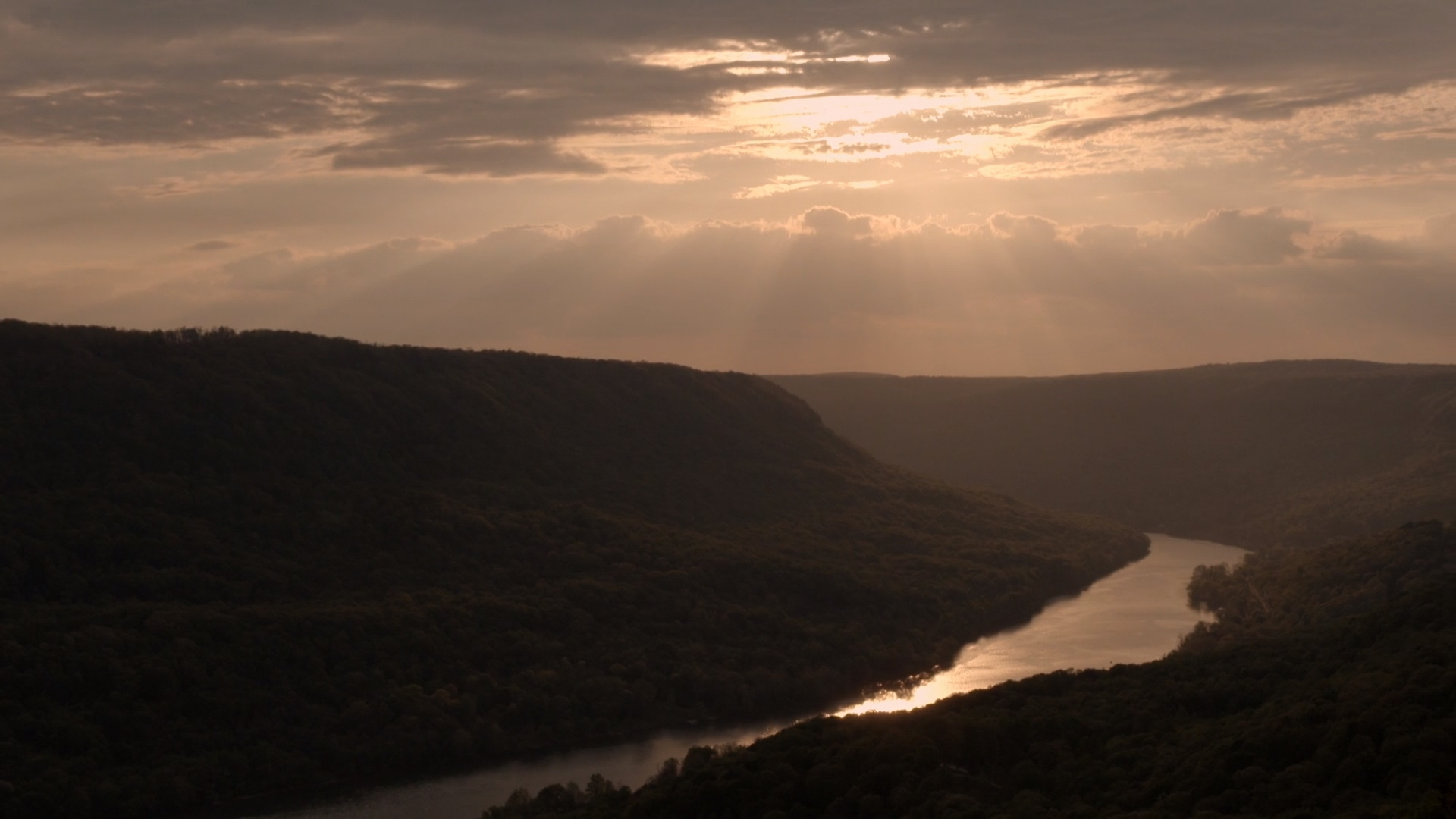Stories Worth Telling…
From Knoxville, TN, to Paducah, KY, the Tennessee River stretches 652 miles and touches four states: Tennessee, Alabama, Mississippi and Kentucky. Its 41,000 square mile watershed is home to more than 4.5 million residents, over half of which live in communities along its banks.
The Tennessee River, its tributary system and its contributing watershed form a diverse territory defined by celebrated and iconic landscapes. High mountains, rolling hills and gentle valleys, highland rims and coastal plains bid the river passage from its origin in East Tennessee to its confluence with the Ohio River in Western Kentucky.
A river of such splendor deserves to be seen and experienced by all. The Tennessee River, as one of North America’s great rivers, merits the development of a great river trail.
The Tennessee River Valley is home to some of our nation’s most important histories, modern accomplishments and ecological treasures.
Histories, Ecology, Modern Infrastructures
It was on the banks of the Tennessee River where the Cherokee Indians began their journey westward, forced from their ancestral lands on the Trail of Tears, a landscape that was later host to pivotal battles of the American Civil War.
The landscape of the Tennessee River is also home to important works of the Works Progress Administration and Civilian Conservation Corps, and the monumental, multi-functional infrastructures of the Tennessee Valley Authority. The initiatives of the TVA helped change the course of world history and continue to shape the development of an entire region.
There are more fish, insects, mussels, snails and other forms of life in the Tennessee River and its tributary waterways than there are in any other river system in North America. More than 100 species of freshwater mussels and 270 species of fish call the Tennessee River system home, including threatened and endangered species, as well as species not found anywhere else in the world.
A River at Risk
Rivers are the foundations of our communities, sustaining populations and economies that have sought to tame and harness them over time. The Tennessee River Valley has become one of the most desirable places to live, work and play in the country. However, the demands that communities place on the river, coupled with a changing climate, threatens its future health and resiliency, and in turn our own.
Land use patterns along the river separates it from the communities it supports. This separation limits the public’s ability to experience the river and witness its beauty, while the degradation of the river’s banks and water quality compromises the health of its fragile ecosystems.
When our social consciousness and economies drift away from our river heritage, communities once intimately linked by this conduit of commerce, people and ideas stand to lose their sense of connection to one another, to the river and to their identity as part of something much larger: the Tennessee River Valley.
The great challenges of the river’s present offer great opportunities for its future. By reintroducing the valley to its great river, the Tennessee RiverLine seeks to inspire new thinking amongst its many generations of committed stewards–both young and old–about our relationship with this valuable resource.





































